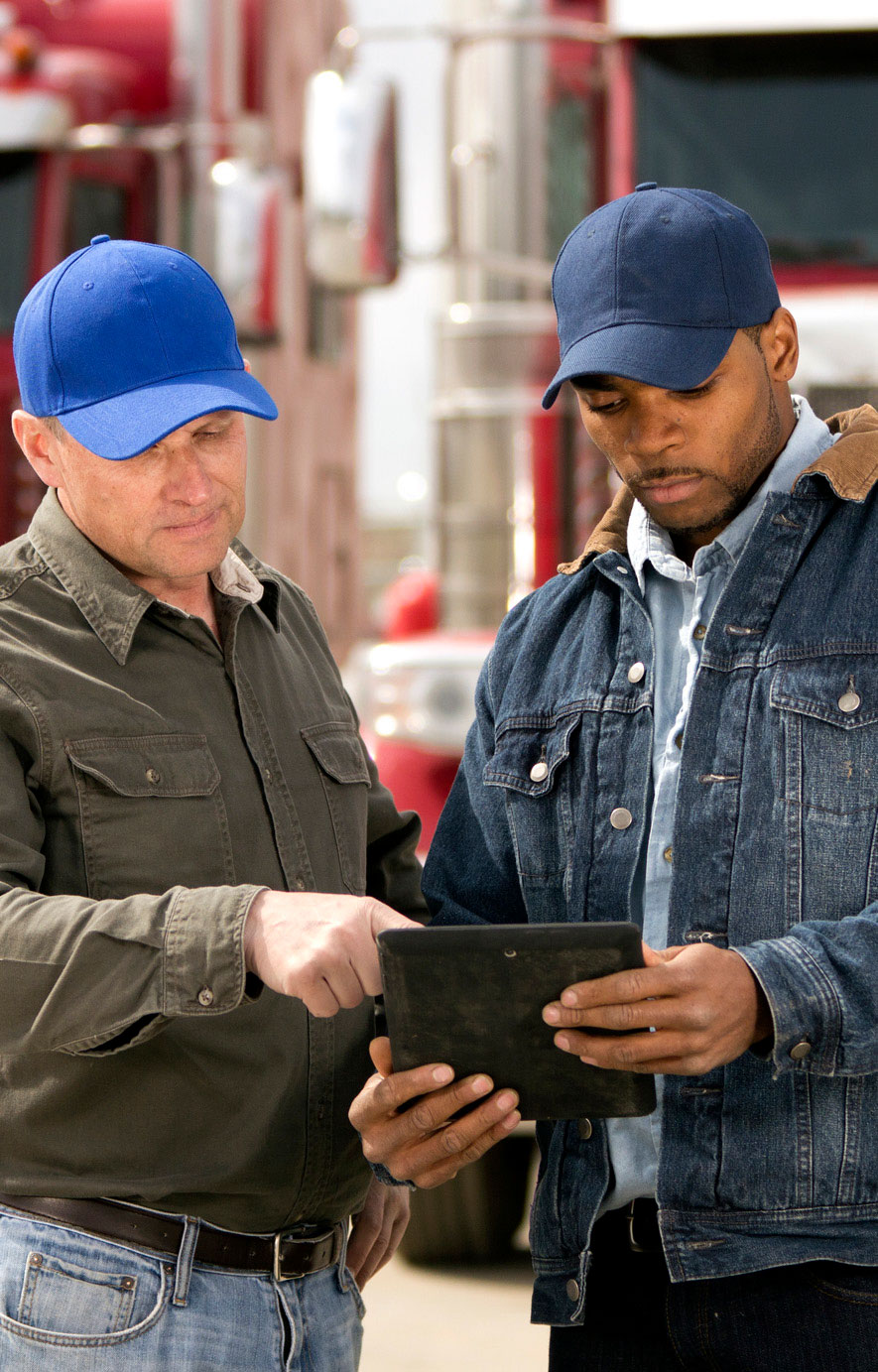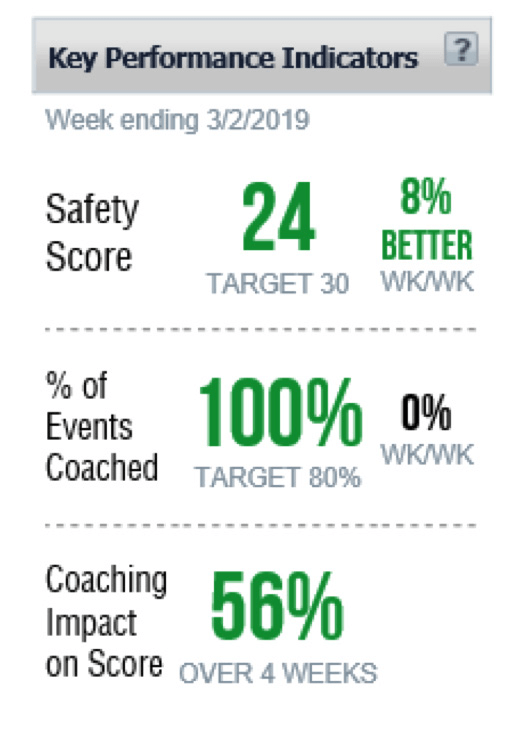Is a Lack of Coaching Impacting Your Fleet's Safety?
From the youngest age, to the end of their careers, people are coached – babies learning to walk, school children mastering a new skill or professional athletes looking to better their game. Coaching is a way of life. Yet, at some point in time, many people feel that they don’t need to improve – or think of coaching as a disciplinary measure.

Nothing can be further from the truth. Particularly when someone has been doing the same job for many years and gets stuck in a routine. It’s easy to simply go through the motions and not realize that bad habits have begun to creep in. But, how do you introduce coaching into your work environment, how do you maintain coaching as part of your culture and how do you measure the results of your efforts?
For many drivers, they began learning the skills they use today as early as 14 years old, when they got their first driver’s license. Those skills were embedded in their daily routine and simply became a way of life. New skills were added when they acquired their CDL, but for some drivers, that might have been 20, 30 or 40 years ago. It’s easy to develop habits that make driving easier, skip what may seem “routine” to get somewhere quicker or get through the day without even realizing that rules or procedures are not being followed.
Getting Started
When embarking on a coaching program, it’s important to understand where to start, which can vary depending on your role within your organization. Once you’ve decided where you will start, it’s important to understand what effective coaching is and how you measure the results of your efforts.
For many coaches who were drivers and have been promoted to a supervisory position, it’s likely they never received coaching training. Having a specific method to follow during the coaching process ensures fairness and an unbiased review of each driver’s performance. Keys to a coach’s success are a managed service program, easy-to-use response center, enhanced coaching workflow and a driver mobile app. Read more by downloading the new eBook, “Coach Your Drivers to Safety and Success.”
The Importance of a Managed Service
A Managed Service program supports your coaching efforts by providing the ability to coach hundreds of drivers. How? By doing the “heavy lifting” of reviewing and prioritizing so you can focus your efforts on coaching those drivers who need it most. In addition, the program helps build rapport between coaches and drivers, helps the coach recognize good driving skills (in addition to those who need improvement), and provides performance measurement to gauge the success of the coach’s efforts.

Once coaching has begun, it’s important to measure its effectiveness. The key to driving program results are analytics and Key Performance Indicators (KPIs). The three KPIs essential to managing the program and ensuring focus is on the right person, at the right time, are:
- Safety Score
- % of Events Coached
- Coaching’s Impact on Safety Score
These KPIs enable an organization to align top to bottom on performance metrics, understand “better or worse” and focus on what needs improvement. This makes it straightforward and easy to operationalize – enabling managers to actually save time because they are talking to the right drivers about the right skills that need improvement.
The impact of this approach is that fleets often experience collision frequency reductions of 50% or greater in the first year of deployment. And, they continue to see results in subsequent years because they have a standardized, consistent approach.
Video is Key to a Successful Program
It’s likely you’ve heard that the definition of insanity is doing the same thing over and over again … and expecting different results. Unfortunately, that’s what many fleet managers do every day. For those without video safety, they train their drivers but continue to experience collisions and litigation. For those with video safety, they see the same behaviors, but don’t coach their drivers and wonder why they continue to experience collisions and litigation.
Coaching drivers – with video – is the best way to improve safety in your fleet. Not only will you experience fewer collisions (and near collisions), but you’ll experience savings throughout your fleet and an improved safety culture. Most importantly, your drivers will thank you for helping to save their lives.
Get the details you need to put coaching to work in your fleet and see the results. Download the new eBook, Coach Your Drivers to Safety and Success, today.
SmartDrive Systems, the recipient of Frost & Sullivan’s Customer Value Leadership Award for Video Safety Solutions gives fleets and drivers unprecedented driving performance insight and analysis, helping save fuel, expenses and lives. Its video analysis, predictive analytics and personalized performance program help fleets improve driving skills, lower operating costs and deliver significant ROI. With an easy-to-use managed service, fleets and drivers can access and self-manage driving performance anytime, anywhere. The company, which is ranked as one of the fastest growing companies by Deloitte’s Technology Fast 500™, has compiled the world’s largest storehouse of more than 250 million analyzed risky-driving events. SmartDrive Systems is based in San Diego, and employs over 725 people worldwide.



